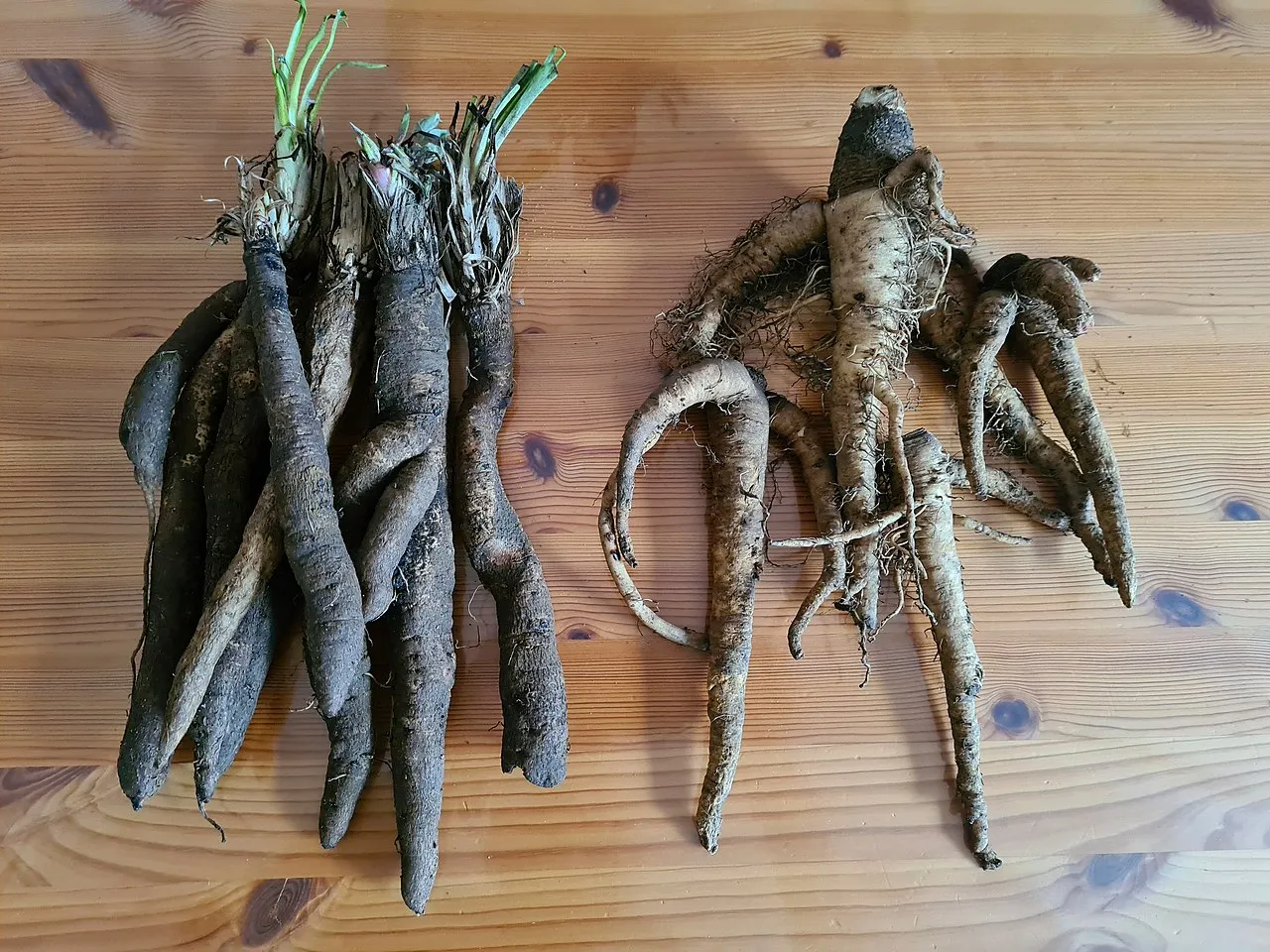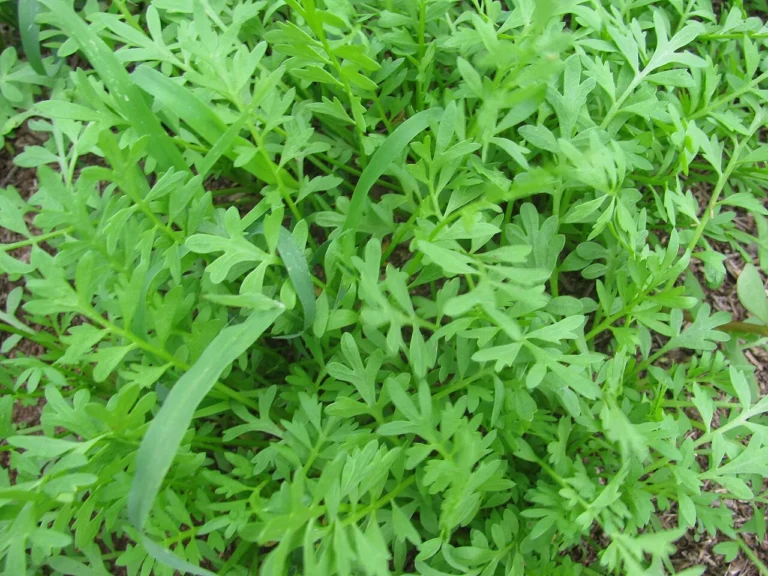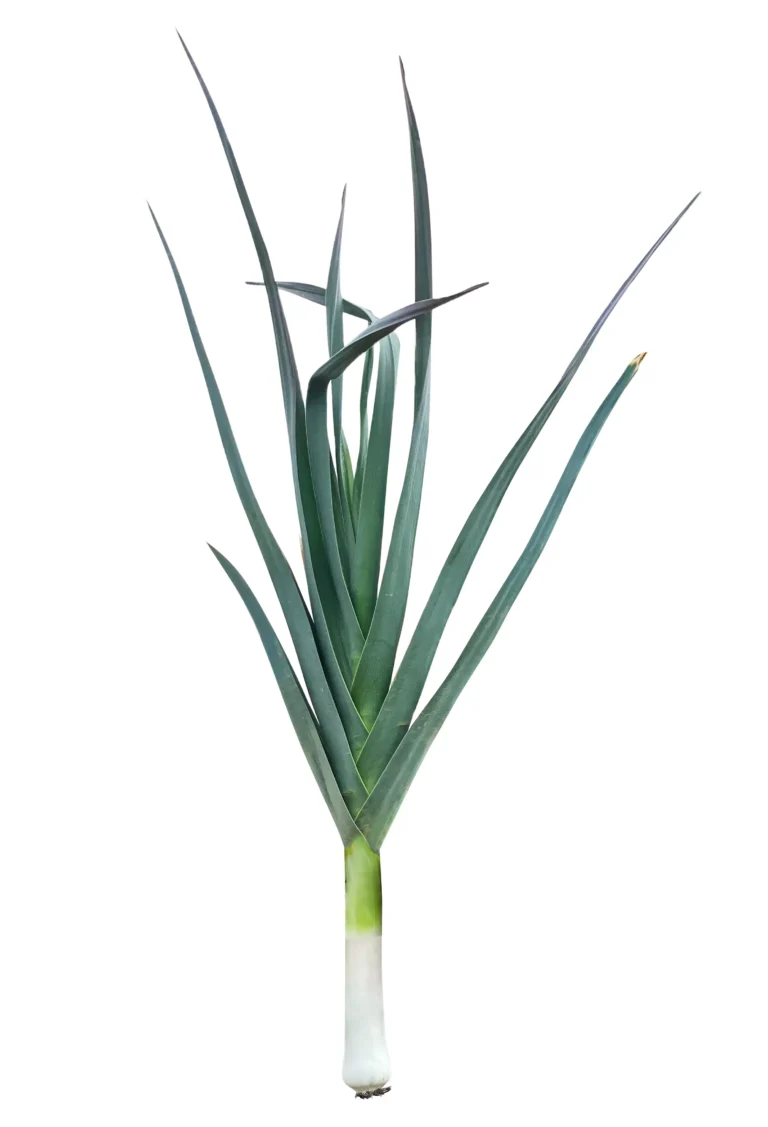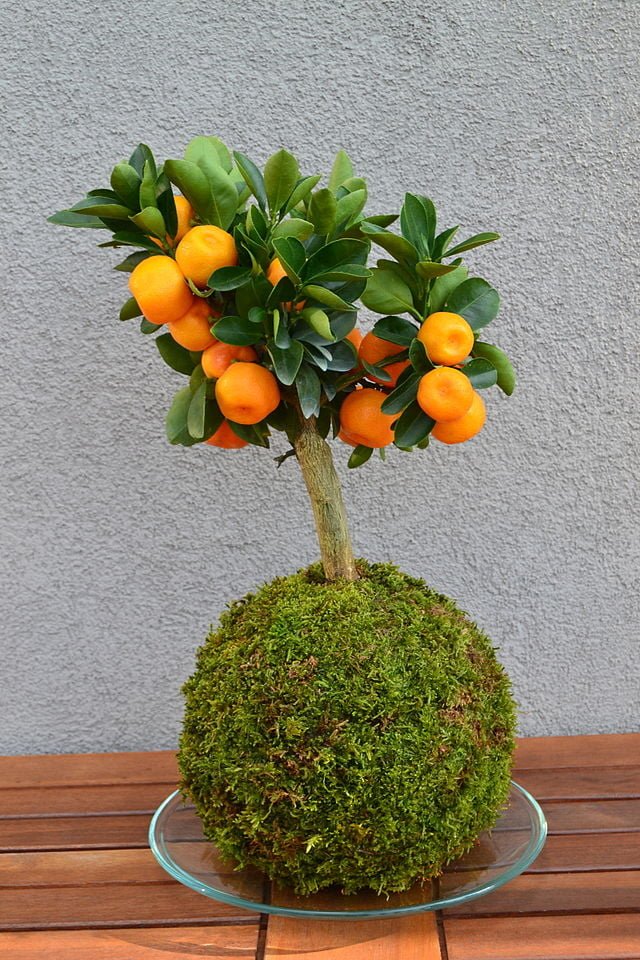Cultivating Salsify: A Guide to Growing the Oyster Plant in Your Garden
Salsify (Tragopogon porrifolius) is a unique root vegetable known for its delicate flavour, reminiscent of oysters. This underappreciated vegetable is not only flavorful but also nutritious, offering a good source of fiber, vitamins, and minerals. Growing salsify can be a rewarding endeavour, providing an interesting addition to your culinary repertoire.
Why Grow Salsify?
Salsify is prized for its versatility in the kitchen and its long storage life. It can be roasted, mashed, or used in soups and stews. In addition to its edible root, young salsify leaves can be used in salads or cooked like spinach. Cultivating salsify can also add biodiversity to your garden and attract pollinators with its beautiful purple flowers.
Selecting Salsify Varieties
While there are two main types of salsify — black salsify (Scorzonera hispanica) and white salsify (Tragopogon porrifolius) — this guide focuses on white salsify, which is more commonly grown in home gardens. There are several varieties available, with subtle differences in flavor and root size. Popular varieties include ‘Mammoth Sandwich Island’ and ‘White French’.
Planting Salsify
- Timing: Sow salsify seeds in early spring, as soon as the soil can be worked. Salsify requires a long growing season, with harvest typically in late fall or early winter.
- Soil and Site: Choose a well-draining site with full sun. Salsify prefers loose, deep soil rich in organic matter. Prepare the bed by removing stones and working in compost to a depth of at least 12 inches to accommodate the long roots.
- Sowing Seeds: Plant seeds ½ inch deep, spacing them 2-3 inches apart in rows that are 12-18 inches apart. Thin seedlings to 4-6 inches apart once they are a few inches tall.
Caring for Salsify Plants
- Watering: Keep the soil consistently moist, especially during dry periods. Adequate water is crucial for developing tender roots.
- Mulching: Apply a layer of organic mulch to retain moisture, suppress weeds, and keep the soil cool.
- Feeding: Salsify generally does not require additional fertilization if planted in well-amended soil. Avoid high-nitrogen fertilizers, which can promote leaf growth at the expense of root development.
Pest and Disease Management
Salsify is relatively resistant to pests and diseases. However, keeping the garden clean and monitoring for common garden pests can help prevent any potential problems.
Harvesting Salsify
Salsify is ready to harvest approximately 120-150 days after planting, typically after the first frost, which can enhance its flavour. Gently loosen the soil around the roots with a fork and pull them up. Salsify roots can be stored in the ground through winter in milder climates or harvested and stored in a cool, dry place.
Using Salsify in the Kitchen
Salsify can be scrubbed, peeled, and cooked in a variety of ways. To prevent discoloration, soak cut pieces in lemon water until ready to cook. Salsify is delicious roasted, boiled, or added to soups and stews.
Final Thoughts
Growing salsify adds diversity to your garden and table, offering a unique flavour and texture to your meals. With proper care and patience, gardeners can enjoy this “vegetable oyster” and reap its nutritional benefits.






